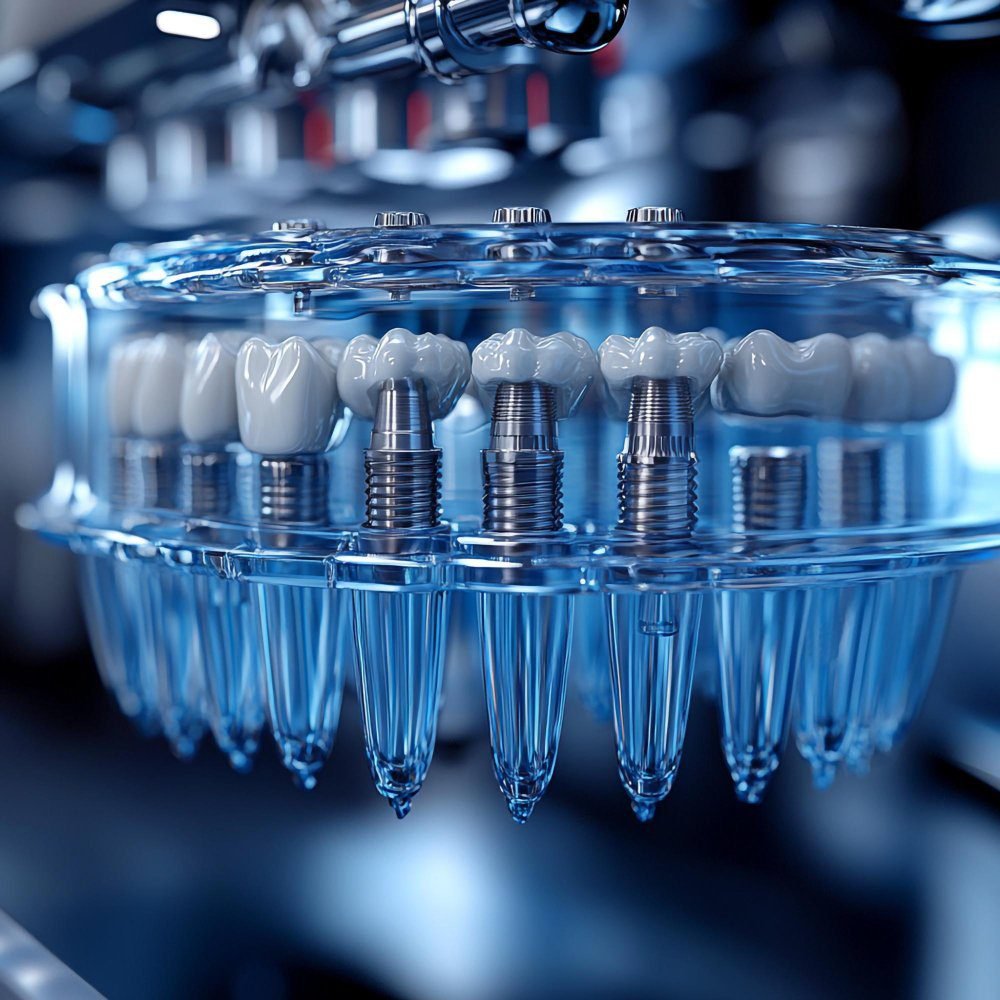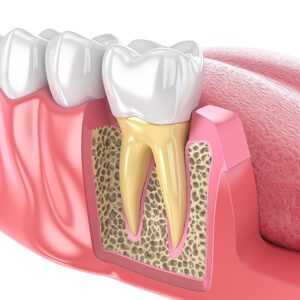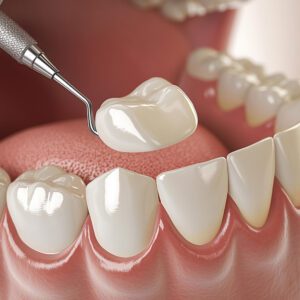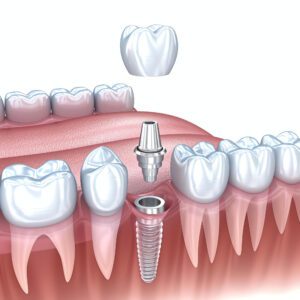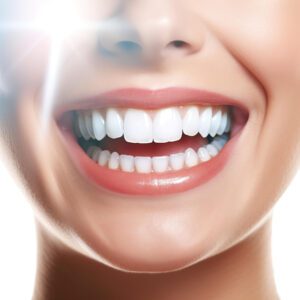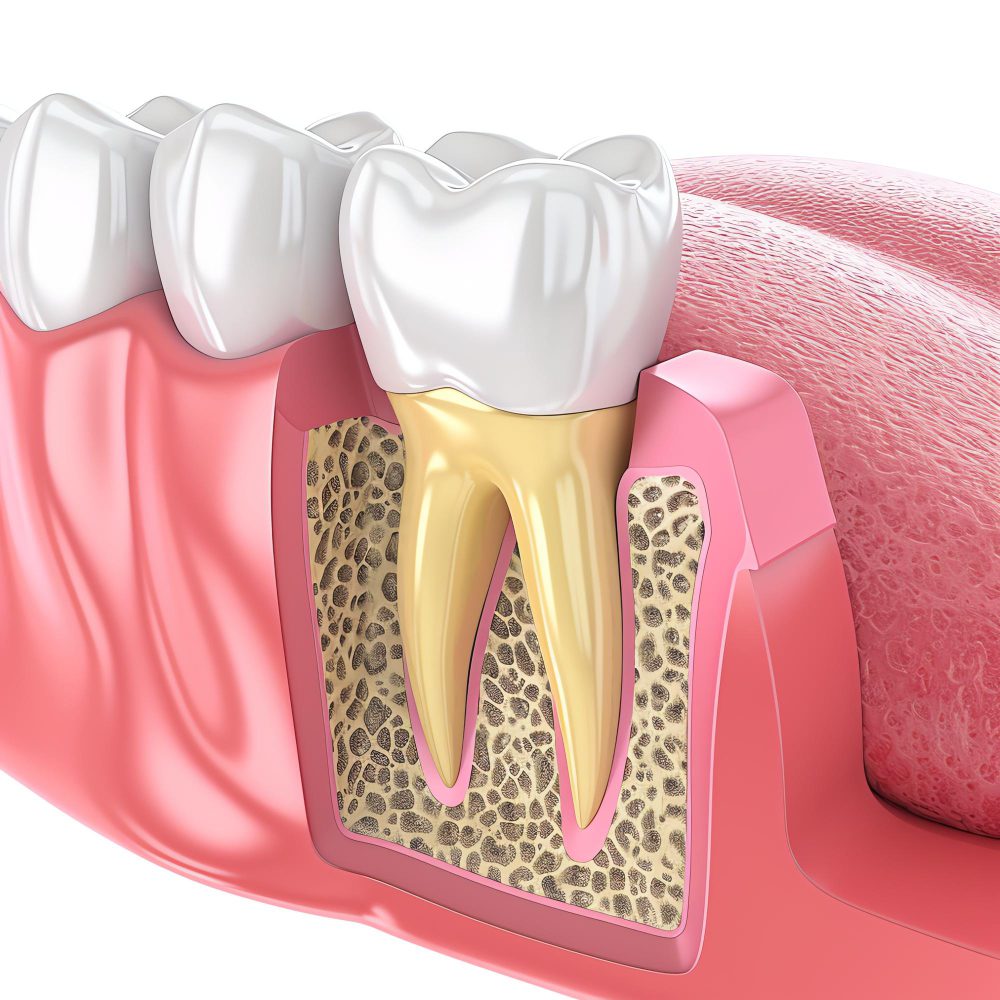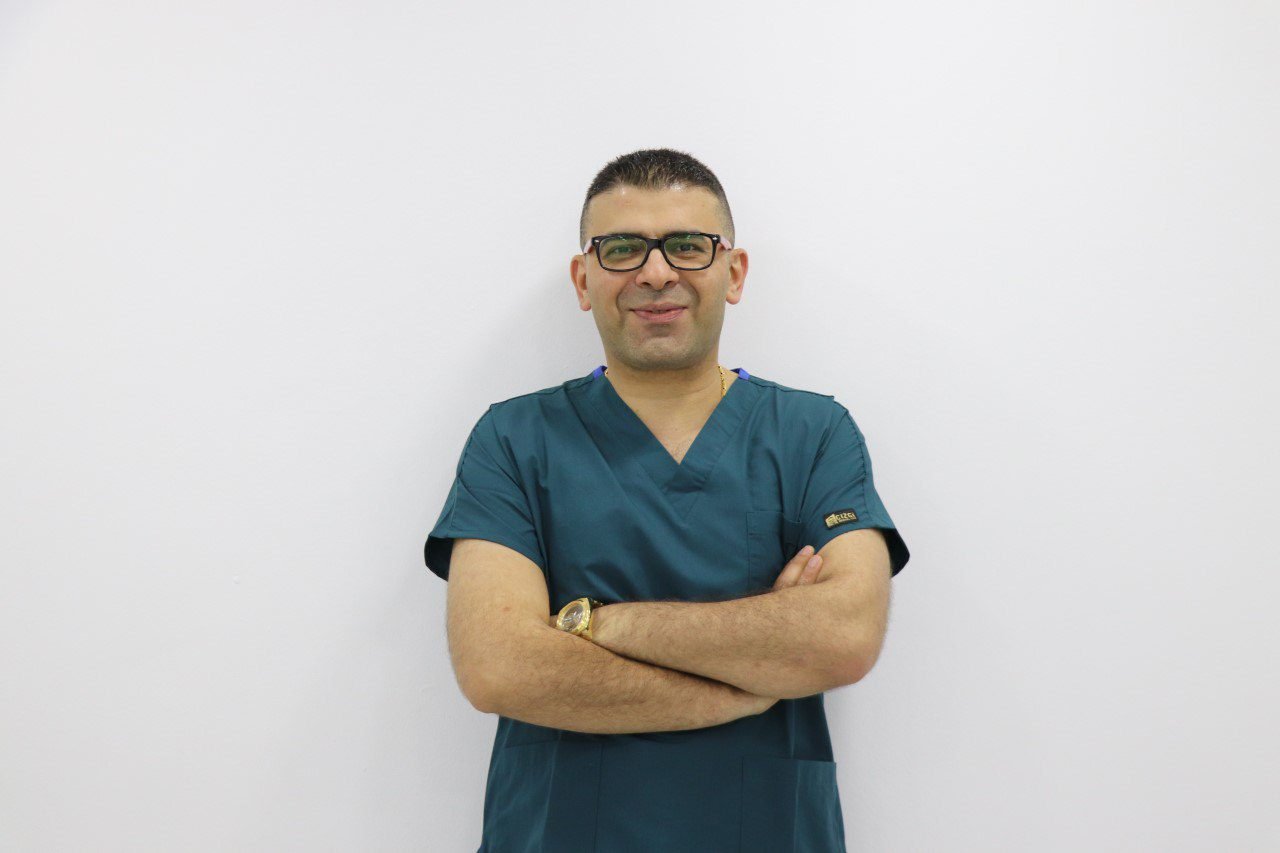Introduction to Missing Teeth
Missing teeth can be more than just a cosmetic concern; they can significantly impact one’s oral health, self-esteem, and overall quality of life. The loss of teeth can lead to various complications, including difficulty in chewing, which can result in inadequate nutrition. Additionally, the absence of teeth can alter speech patterns, making it challenging for individuals to communicate effectively. When teeth are missing, the jawbone may begin to deteriorate, leading to further complications such as changes in facial structure. This cycle underscores the importance of addressing missing teeth promptly.
From a psychological standpoint, individuals with missing teeth often experience diminished self-confidence. The visibility of gaps in the smile can lead to feelings of embarrassment or self-consciousness, which may prevent individuals from engaging in social interactions fully. This emotional impact can create a vicious cycle, further isolating individuals and adversely affecting their mental health. Addressing missing teeth, therefore, is not merely a matter of aesthetics; it plays a crucial role in enhancing one’s quality of life.
Fortunately, there are numerous methods for replacing missing teeth, each with unique benefits and considerations. Options include dental implants, bridges, and dentures, all of which aim to restore functionality and improve facial aesthetics. These solutions not only alleviate the practical difficulties associated with tooth loss but also help restore confidence in one’s smile. Understanding the significance of replacing missing teeth is the first step towards selecting the most appropriate method for restoration and improving one’s overall oral health. In the subsequent sections, we will explore these replacement methods in detail, providing a comprehensive view of the options available.
Consequences of Missing Teeth
The absence of teeth can lead to a variety of physical and psychological consequences that significantly affect an individual’s quality of life. One of the most immediate impacts is the difficulty experienced in chewing and speaking. Missing teeth compromise the ability to properly bite and shred food, which can lead to a limited diet, often resulting in nutritional deficiencies. Similarly, speech may become impaired, as the formation of certain sounds depends on the presence and alignment of the teeth. Individuals may find themselves avoiding verbal communication in social settings, further perpetuating feelings of embarrassment.
Furthermore, the structural integrity of the jaw is compromised when teeth are missing. This can lead to the gradual shifting of adjacent teeth, causing misalignment and potential problems with bite. Over time, the lack of stimulation to the jawbone can result in bone loss, which may necessitate more complex restorative dental procedures down the line. It is essential to understand that the implications of losing teeth go beyond immediate physical difficulties; they can lead to severe dental complications if not addressed promptly.
Psychologically, the impact of missing teeth can be profound. Many individuals experience a decline in self-image and confidence due to their altered appearance. The unfortunate societal pressure regarding aesthetics can lead to self-esteem issues, where individuals may withdraw from social interactions or develop avoidance behaviors in public settings. This psychological burden, coupled with physical discomfort, can significantly detract from overall well-being, making it imperative for individuals to seek advice and treatments for tooth replacement.
In summary, the consequences of missing teeth encompass a wide array of physical challenges and psychological burdens that can drastically affect an individual’s everyday life. Addressing these issues early on through appropriate dental solutions is essential for restoring both function and confidence.
Overview of Tooth Replacement Methods
Missing teeth can significantly impact an individual’s aesthetic appearance, functionality, and overall oral health. Fortunately, there are various options available to replace lost teeth, each offering unique benefits and considerations. This section will introduce the principal methods used for tooth replacement, providing a foundational understanding for further exploration.
One of the most popular and effective options for tooth replacement is dental implants. These are titanium posts surgically placed into the jawbone, acting as artificial tooth roots. Once integrated, they support crowns, bridges, or dentures, providing a durable and long-lasting solution that mimics the natural tooth structure and function closely.
For those looking for a less invasive option, dentures represent a practical alternative. Traditional dentures are removable prosthetic devices that can replace a full arch or several missing teeth. They come in full or partial forms, allowing for flexibility depending on the extent of tooth loss. Advanced materials and technology have improved denture comfort and aesthetics, making them a viable choice for many individuals.
Dental bridges are another effective replacement method that involves anchoring artificial teeth to adjacent natural teeth, filling the gap caused by missing ones. Bridges can effectively enhance chewing ability and maintain facial structure, although they require alteration of neighboring healthy teeth to secure the prosthetic.
Innovative techniques such as All-on-4, All-on-6, and All-on-8 implants have emerged in recent years. These methods involve placing a specific number of implants strategically in the jaw to support a complete arch of prosthetic teeth. This approach is especially beneficial for patients with significant bone loss, as it minimizes the need for bone grafting while providing a stable and effective solution for complete tooth replacement.
Each tooth replacement method has its pros and cons, tailored to meet the diverse needs of patients. Understanding these options can guide individuals in making informed decisions regarding tooth restoration.
All-on-4 Technique Explained
The All-on-4 dental implant technique is an innovative solution for individuals seeking to replace missing teeth. This method involves the placement of four strategically positioned dental implants in the jawbone, which serve as a sturdy foundation to support a complete arch of artificial teeth. The procedure is designed to minimize surgical intervention, while providing significant functional and aesthetic benefits. Typically, the two posterior implants are placed at an angle, allowing for optimal use of available bone, thus avoiding the need for extensive bone grafting.
During the All-on-4 procedure, patients receive the implants through a surgical process that usually lasts a few hours. Following the placement of the implants, a temporary prosthesis is often attached on the same day, enabling patients to leave the clinic with functional teeth immediately. This immediate-loading capability significantly reduces the treatment duration compared to traditional implant options, where patients might have to wait for months before receiving their final restoration.
There are several advantages to the All-on-4 technique. Firstly, it is generally more cost-effective than replacing each missing tooth individually because fewer implants are required. This method is also ideal for patients with significant tooth loss or those who wear full dentures, as it offers improved stability and comfort. Furthermore, the technique is beneficial for individuals who may have experienced bone loss, as its design allows for the effective use of existing bone structure.
To be eligible for the All-on-4 technique, patients should have good oral health and be free from periodontal disease. Adequate bone density is also necessary, but some individuals may still qualify through the angled placements of the implants. Ultimately, the All-on-4 technique represents a practical and reliable option for those looking to regain their smile, functionality, and overall quality of life.
All-on-6 Technique Insights
The All-on-6 technique is an advanced dental implant procedure designed for patients requiring a complete restoration of their dental arch. This method utilizes six strategically placed implants to support a full arch of fixed prosthetic teeth, providing a more stable and durable alternative to traditional dentures. Unlike the All-on-4 technique, which relies on four implants, the All-on-6 approach offers additional support, allowing for better distribution of forces developed during chewing, thus enhancing the longevity of the dental restoration.
The placement of six implants can be crucial for patients who may have experienced significant bone loss or have a less dense jawbone. By opting for the All-on-6 method, dentists can anchor the implants in areas where bone density is higher, ensuring greater stability and strength for the dental prosthesis. This technique can often eliminate the need for bone grafting procedures, which are sometimes required in other implant methods.
One primary advantage of the All-on-6 technique is the improved functionality it offers. Patients can expect better chewing efficiency and comfort while eating, enhancing their overall quality of life. Additionally, the aesthetics of a complete set of teeth can help restore self-confidence, as the artificial teeth are designed to mimic the appearance of natural dentition.
However, potential disadvantages include the surgical complexities associated with placing six implants, which may lead to increased recovery time. Some patients might experience discomfort during the healing process, which typically lasts several months. Individuals with specific health conditions or inadequate jawbone structure may not be ideal candidates for the All-on-6 technique, thus underscoring the importance of a thorough evaluation by a dental professional.
The All-on-6 method can particularly benefit those who prioritize stability, improved functionality, and a natural appearance in their dental restoration journey. Consulting with an experienced dental implant specialist can provide patients with personalized insights and help determine if this technique aligns with their oral health goals.
All-on-8 Technique Overview
The All-on-8 technique is a sophisticated dental implant solution specifically designed for individuals experiencing multiple missing teeth. This innovative approach utilizes eight strategically placed implants to support a complete arch of teeth, providing a stable and functional alternative to traditional dentures or bridges. The inclusion of eight implants, as opposed to fewer options like four, offers enhanced stability and improved distribution of bite forces. This is particularly advantageous for patients with significant bone loss, as the technique can be optimized for those who might not have sufficient bone density for conventional implant solutions.
One of the primary benefits of the All-on-8 method is the expedited treatment time. The utilization of eight implants allows for immediate loading of the prosthetic teeth, meaning that patients can receive a complete set of teeth in a single day. This immediate restorative functionality is coupled with a remarkable improvement in oral aesthetics and function. Furthermore, the technique reduces the reliance on complex grafting procedures, as the implants can often be placed in areas where bone is more available, thereby minimizing the need for additional surgeries and recovery time.
From a procedural standpoint, the All-on-8 system involves careful planning and precise placement of the implants. Advanced imaging techniques, such as 3D cone beam computed tomography (CBCT), facilitate intricate diagnostic assessments that guide the surgical phase. The eight implants are placed in a manner that maximizes retention, thus ensuring that the resulting prosthesis remains secure during daily activities, including eating and speaking. Patients report high satisfaction levels not only due to the immediate aesthetic outcomes but also because of the improved functionality and comfort associated with this comprehensive replacement method.
Importance of Timely Replacement of Missing Teeth
The timely replacement of missing teeth is paramount for various reasons, significantly impacting both oral health and overall well-being. One of the predominant concerns associated with missing teeth is the risk of bone loss. When a tooth is lost, the underlying jawbone begins to resorb, as it is no longer stimulated by the pressure of normal biting and chewing. This bone resorption can lead to changes in facial structure, affecting aesthetics and potentially leading to further complications, including additional tooth loss. Prompt replacement of missing teeth can mitigate this bone loss, thereby preserving the integrity of the jawbone and maintaining proper facial contours.
Another critical aspect of replacing missing teeth is the preservation of dental alignment. When a tooth is absent, adjacent teeth may shift into the gap, disrupting the natural alignment of the dentition. This displacement can lead to issues such as bite problems, uneven wear on remaining teeth, and increased susceptibility to cavities and gum disease. By replacing missing teeth swiftly, individuals can uphold the alignment of their teeth, ensuring a stable and functional bite. Furthermore, maintaining proper alignment helps improve overall oral health and decreases the need for complex dental interventions in the future.
Lastly, timely replacement of missing teeth is essential for oral health maintenance. The absence of teeth can compromise one’s ability to chew efficiently, leading to dietary restrictions and nutritional deficiencies. Moreover, missing teeth can contribute to the development of other dental issues, such as temporomandibular joint (TMJ) disorders, as the jaw compensates for missing functionality. By addressing the issue of missing teeth without delay, individuals can promote optimal oral function, improve their quality of life, and sustain good oral hygiene practices. In summary, the prompt replacement of missing teeth is vital not only for maintaining dental health but also for preserving the structural integrity of the jaw and enhancing overall well-being.
Selecting the Right Dental Clinic
Choosing the appropriate dental clinic for tooth replacement procedures is a critical step towards ensuring successful outcomes. One of the foremost considerations is the clinic’s experience in performing specific procedures, such as dental implants or bridges. Clinics with a robust track record often have well-tested approaches and can provide more reliable results. Evaluating the qualifications and expertise of the dental professionals involved is equally important. Dentists who specialize in restorative dentistry, particularly in tooth replacement, bring advanced skills and knowledge that can significantly influence the procedure’s success.
Patient reviews serve as an invaluable resource for assessing a dental clinic’s reputation. Online platforms allow individuals to share their experiences, which can offer insight into the clinic’s environment, staff professionalism, and the effectiveness of treatments. Consistently high ratings and positive testimonials can indicate a commitment to patient satisfaction. It is wise to read through several reviews to build a comprehensive understanding of the clinic’s quality of care.
Moreover, the technology utilized by the clinic plays a pivotal role in the quality of dental care. Modern dental clinics often incorporate advanced imaging systems and innovative treatment techniques that enhance precision and reduce recovery time. For example, clinics that employ digital workflows for dental implants reflect a commitment to employing the best technology available.
When considering dental care in Turkey, several clinics stand out for their exceptional services. Renowned for high-quality dental restorations, clinics like NewMe Health and Turkeyana Clinic provide comprehensive tooth replacement solutions while maintaining international standards. These clinics not only focus on technical expertise but also prioritize a comfortable and patient-centered experience, making them top choices for individuals seeking tooth replacement treatments.
Frequently Asked Questions
When considering options for replacing missing teeth, many patients have similar inquiries regarding procedures, clinics, costs, and aftercare. One crucial question often asked is, “What are the best clinics in Turkey for tooth replacement?” Notably, Dr. Abdulrahman Ozturk’s Clinic is praised for its advanced techniques and patient-centered approach. Dentplus Clinic is also highly regarded, offering a range of services specializing in dental implants and aesthetic designs. Lastly, Taksim Clinic provides comprehensive dental solutions with a focus on innovative technologies, making these clinics popular choices for those seeking exceptional dental care.
Another frequent concern regards the costs associated with dental prosthetics. The expense of replacing missing teeth can vary significantly based on the specific procedure chosen, the materials used, and the selected clinic. Generally, dental implants are seen as a long-term investment, with prices typically ranging from $800 to $3,000 per implant in Turkish clinics. It is advisable for patients to conduct thorough research and obtain multiple quotes to ensure they make an informed decision while also considering the quality of care provided.
Recovery time is another common question. After a dental implant procedure, patients can expect a healing period that may take anywhere from a few days to several months. This timeline largely depends on individual circumstances, including the patient’s overall health and the complexity of the surgery. It is essential to follow the post-operative instructions provided by the dental professionals for a smooth recovery.
Lastly, many patients inquire about pain management during and after the procedure. Most clinics offer sedation options to ensure comfort during treatment. For post-operative pain, over-the-counter medications are often effective, but if discomfort persists, it is important to contact the clinic for further advice. By addressing these common questions, patients can feel more prepared to make decisions regarding their dental health.

